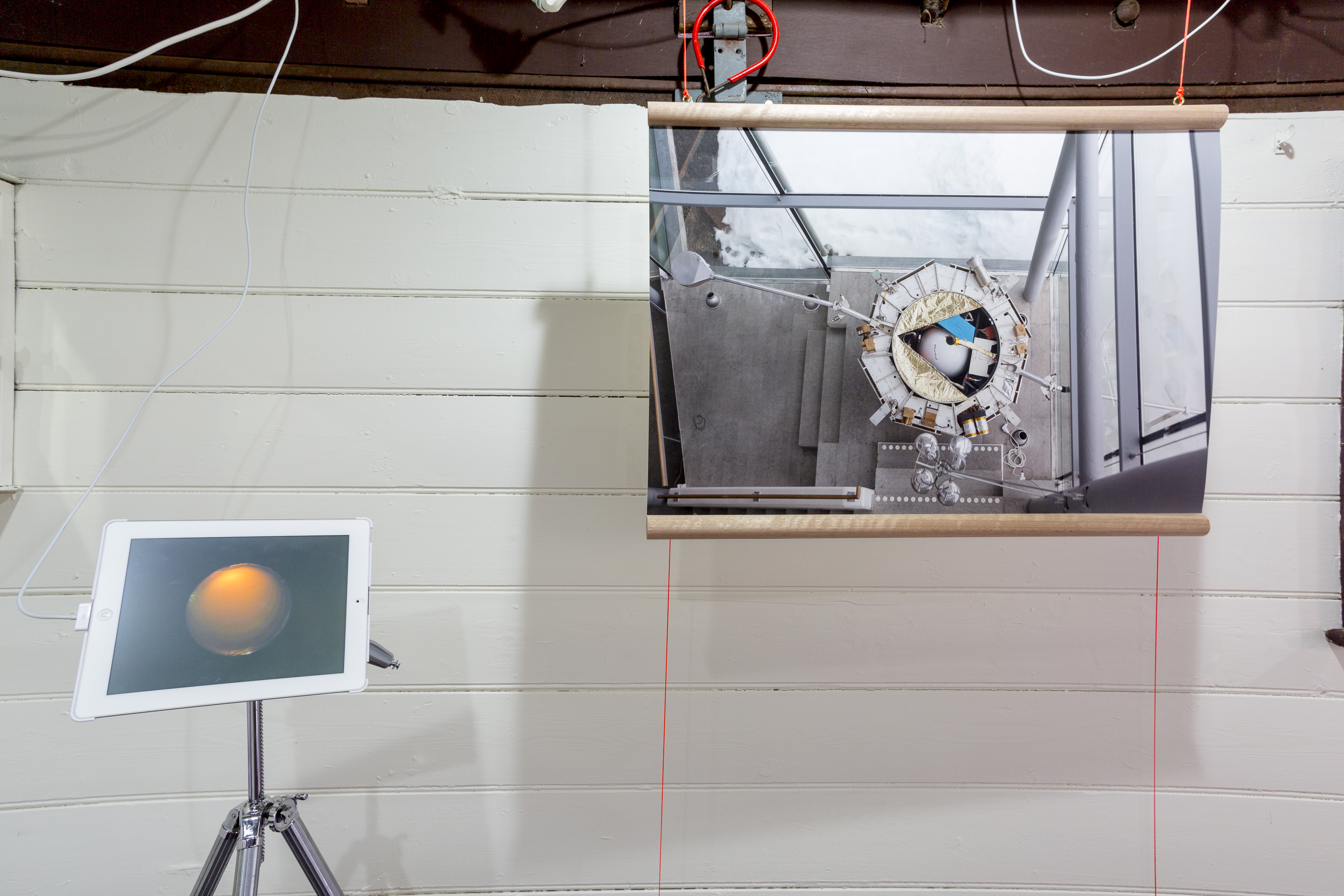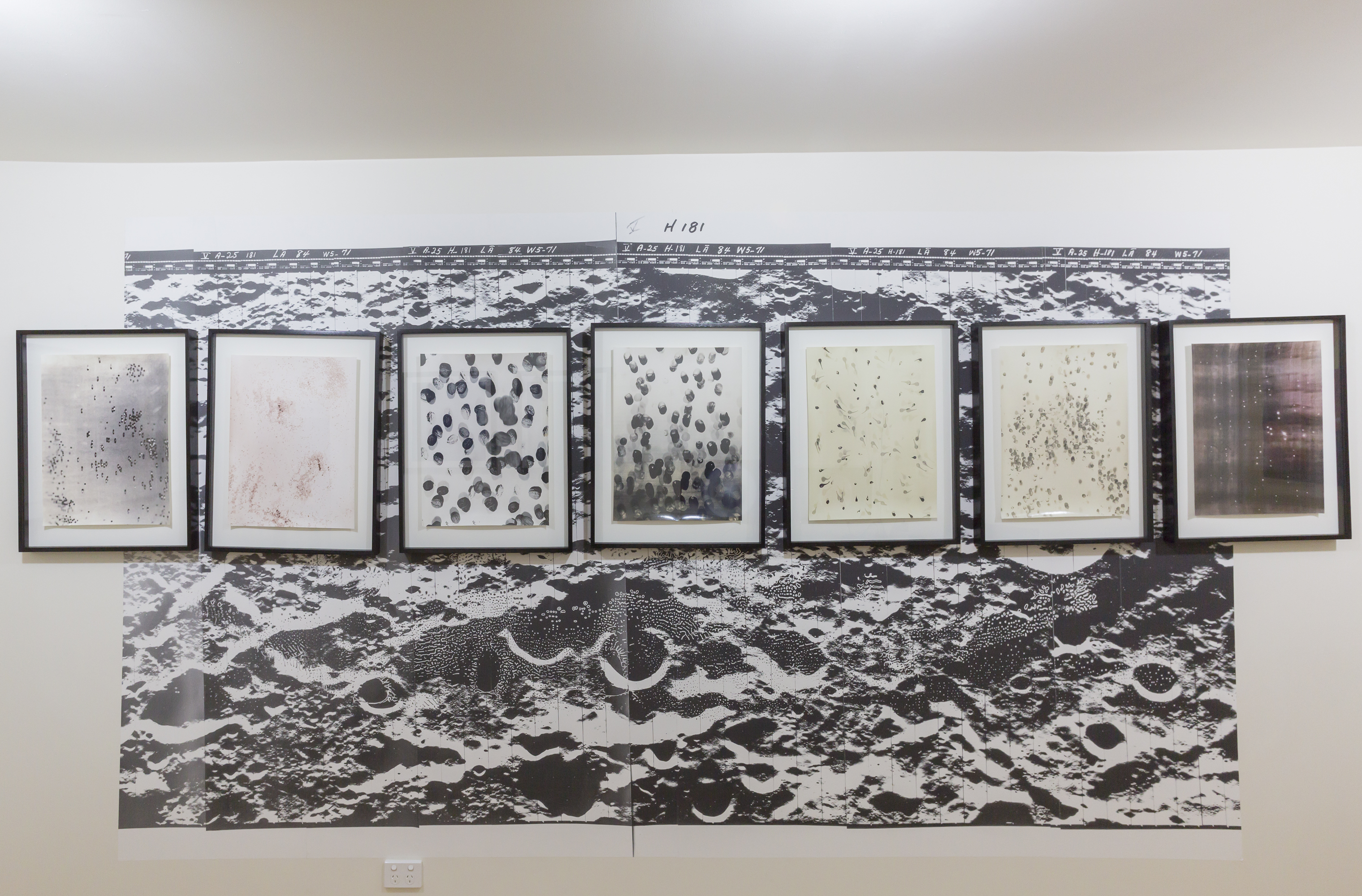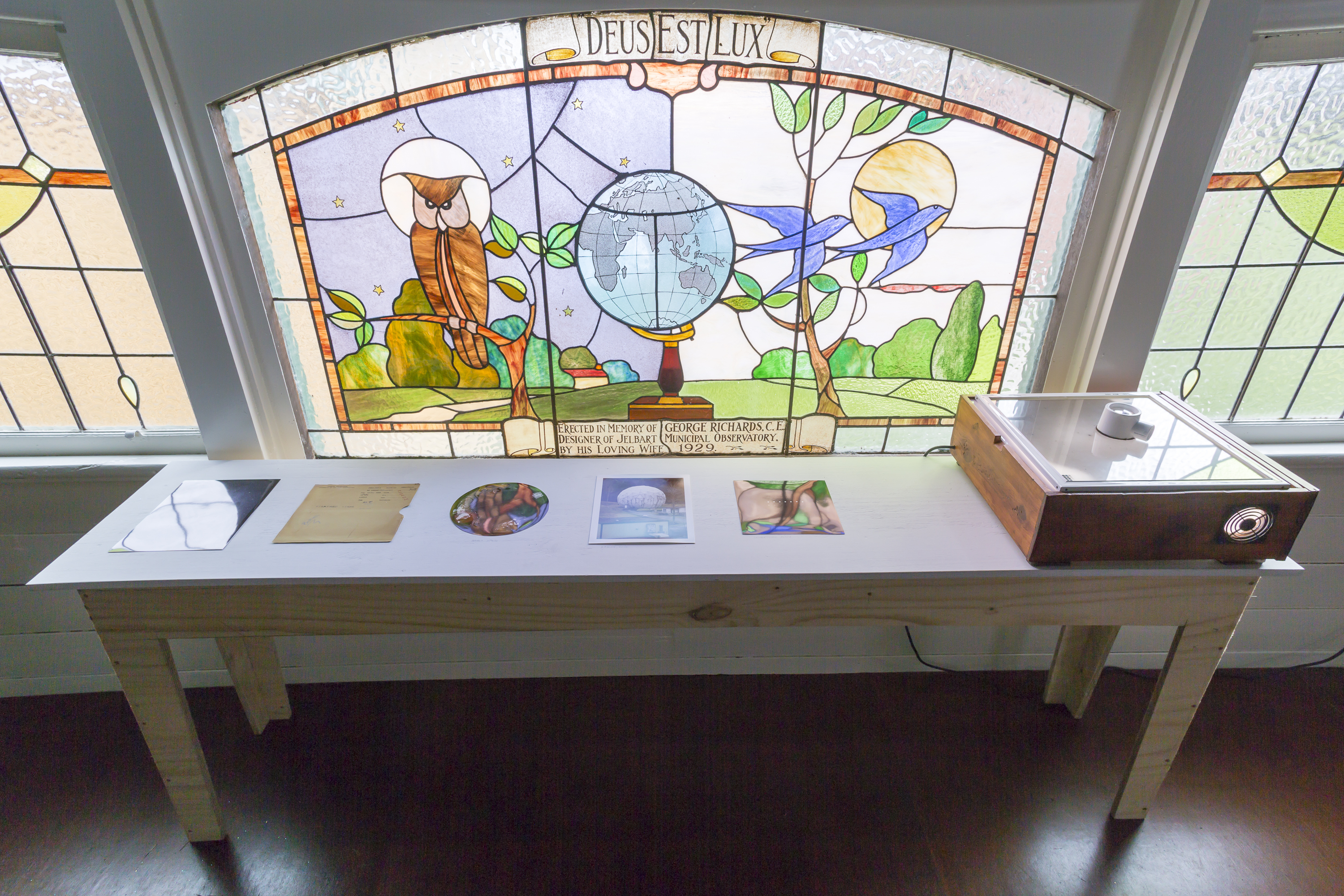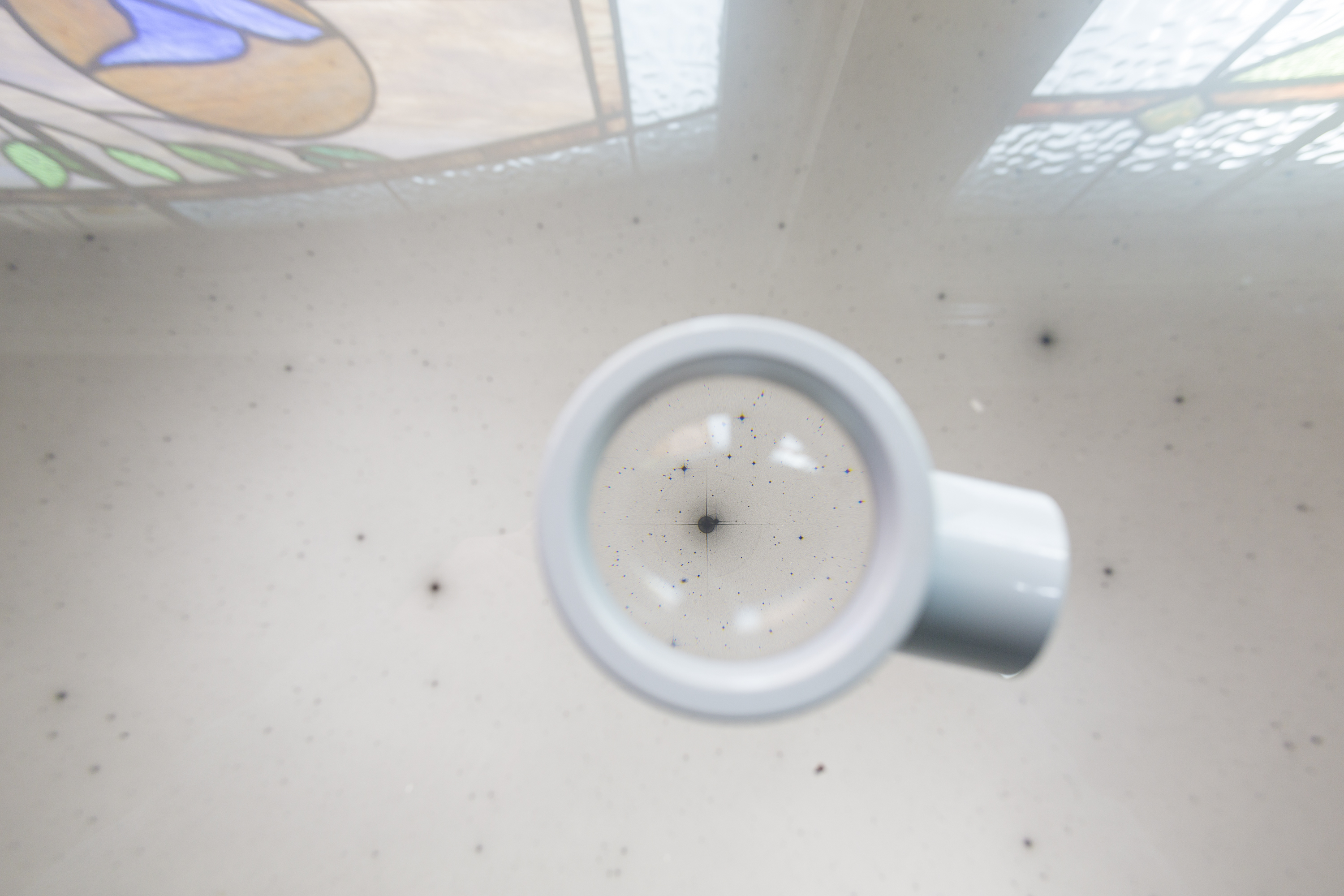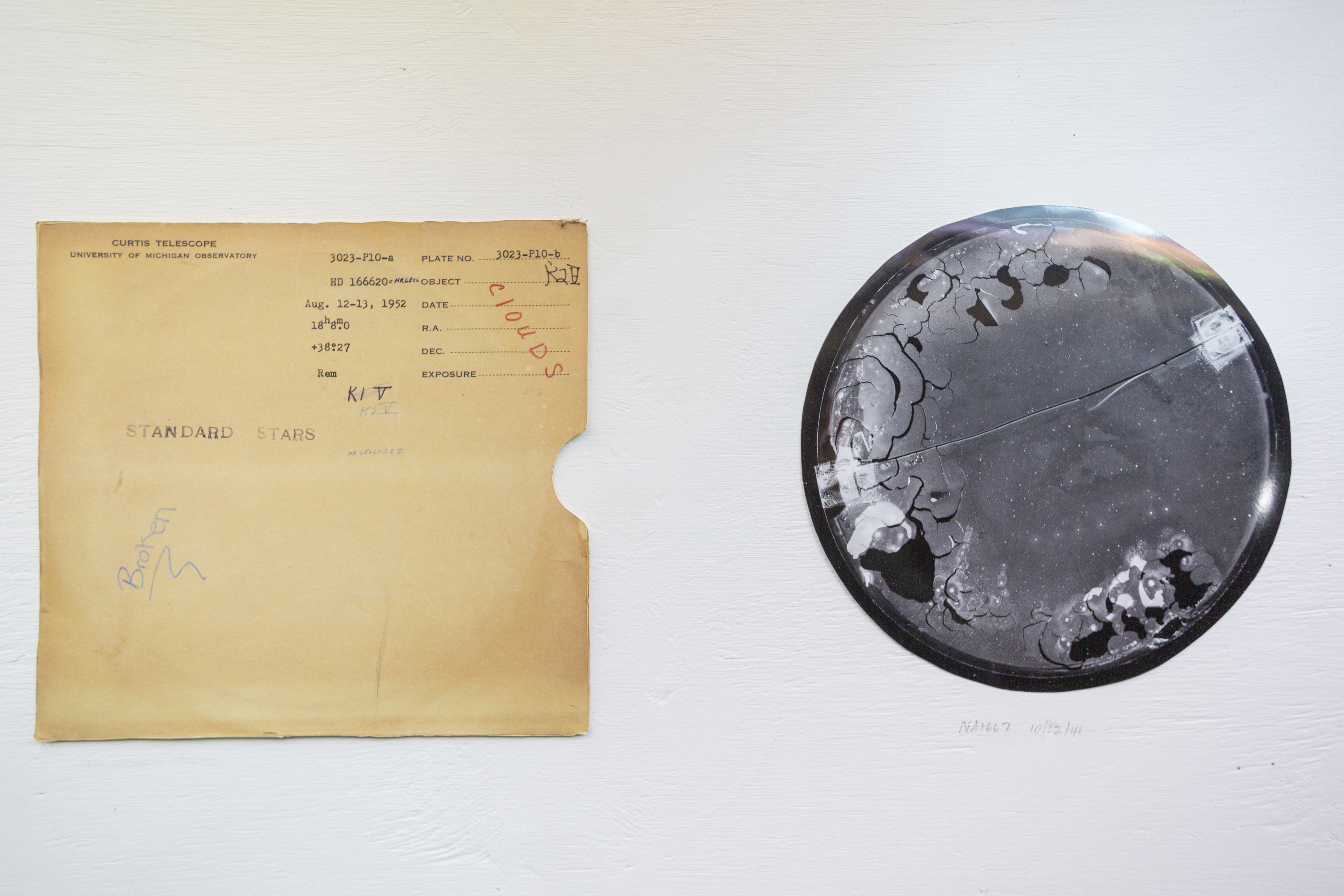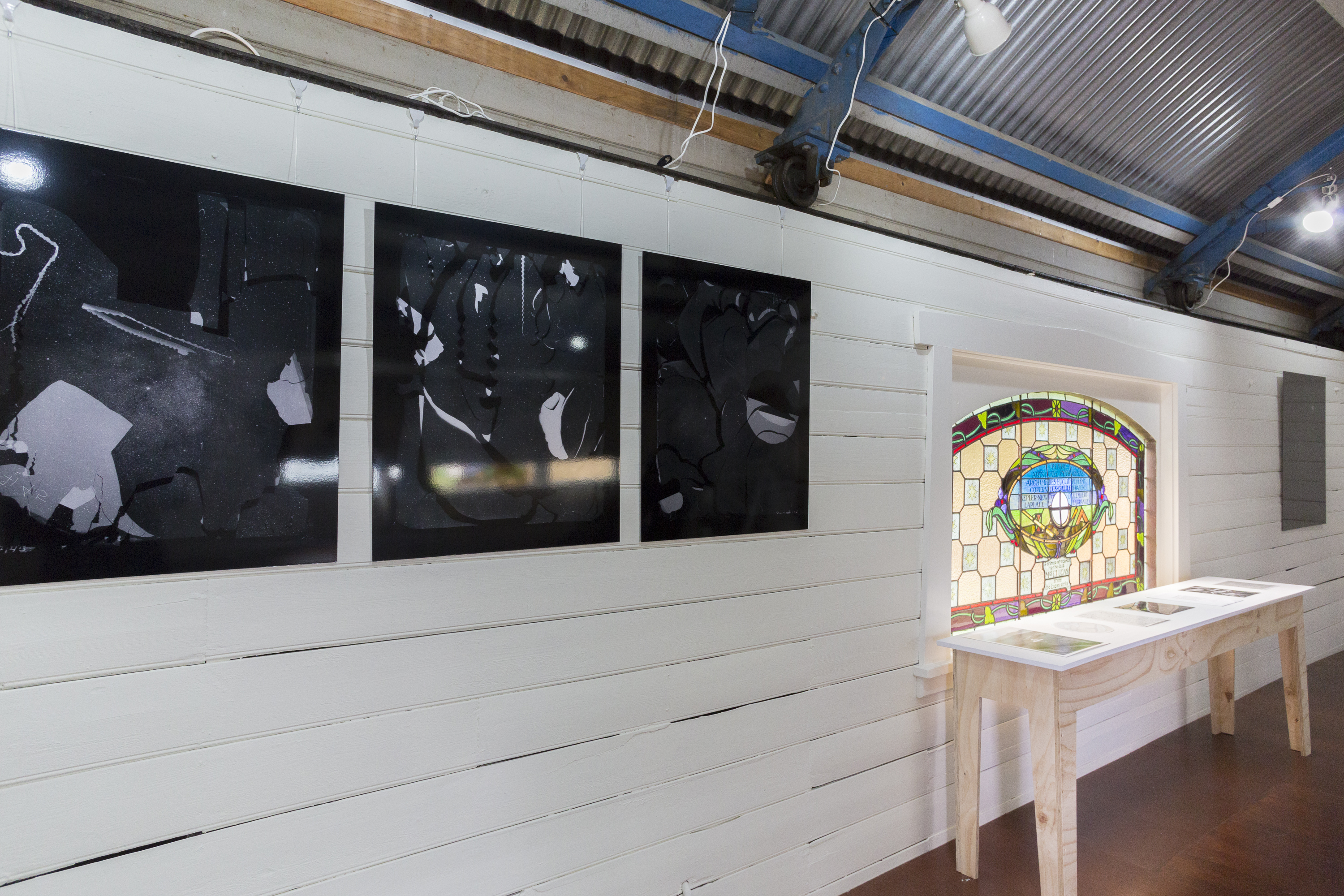The Image Looks Back
2021 | curated exhibition at RMIT Art Gallery, Melbourne, Australia | part of PHOTO2021 | co-curated with Alison Bennett, Shane Hulbert, and Daniel Palmer
If the photograph has conventionally been understood as a record or memory of the world, what happens when the image looks back? Thirty years after the commercial release of photo-imaging software such as Photoshop, this exhibition explores the reconfiguration of photography in the context of algorithmic processes, machine vision and networked circulation. It features responses by Australian and international artists, photographers and technologists, each speculating on the social and political ramifications of these profound changes in the ecology of the image. The exhibition asks how notions of visual truth and human experience are shaped by new technologies of vision.
The exhibition catalog can be found here and the virtual version of the exhibition here.
Participating artists:
Jacqueline Felstead
Joan Fontcuberta
Forensic Architecture
Mike Gray
Joe Hamilton
Thomas Hirschhorn
Rhonda Holberton
Fei Jun
Amalia Lindo
Rosa Menkman
Tyler Payne
Joachim Schmid
Winnie Soon
Queertech.io
Jacqueline Felstead
Joan Fontcuberta
Forensic Architecture
Mike Gray
Joe Hamilton
Thomas Hirschhorn
Rhonda Holberton
Fei Jun
Amalia Lindo
Rosa Menkman
Tyler Payne
Joachim Schmid
Winnie Soon
Queertech.io
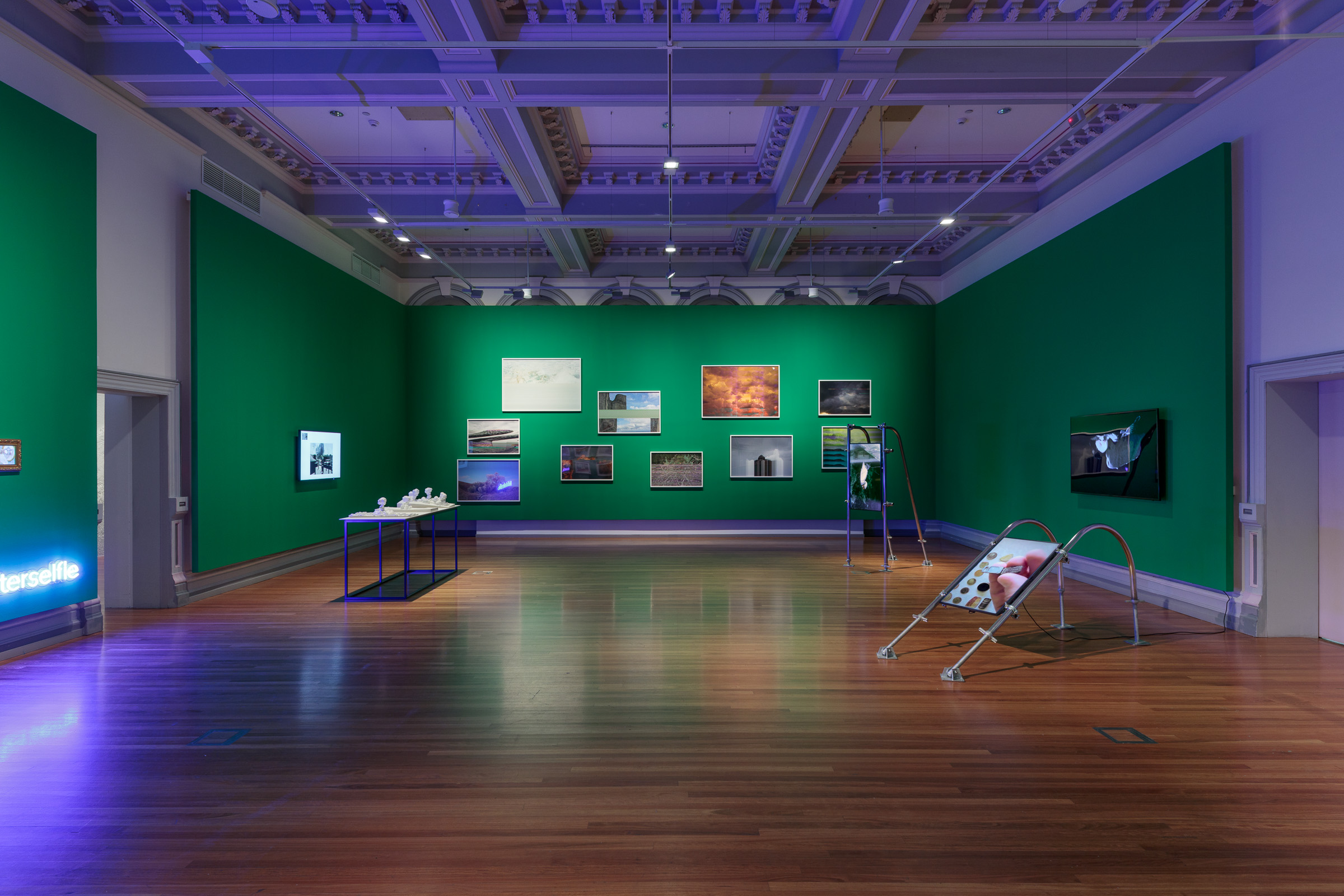
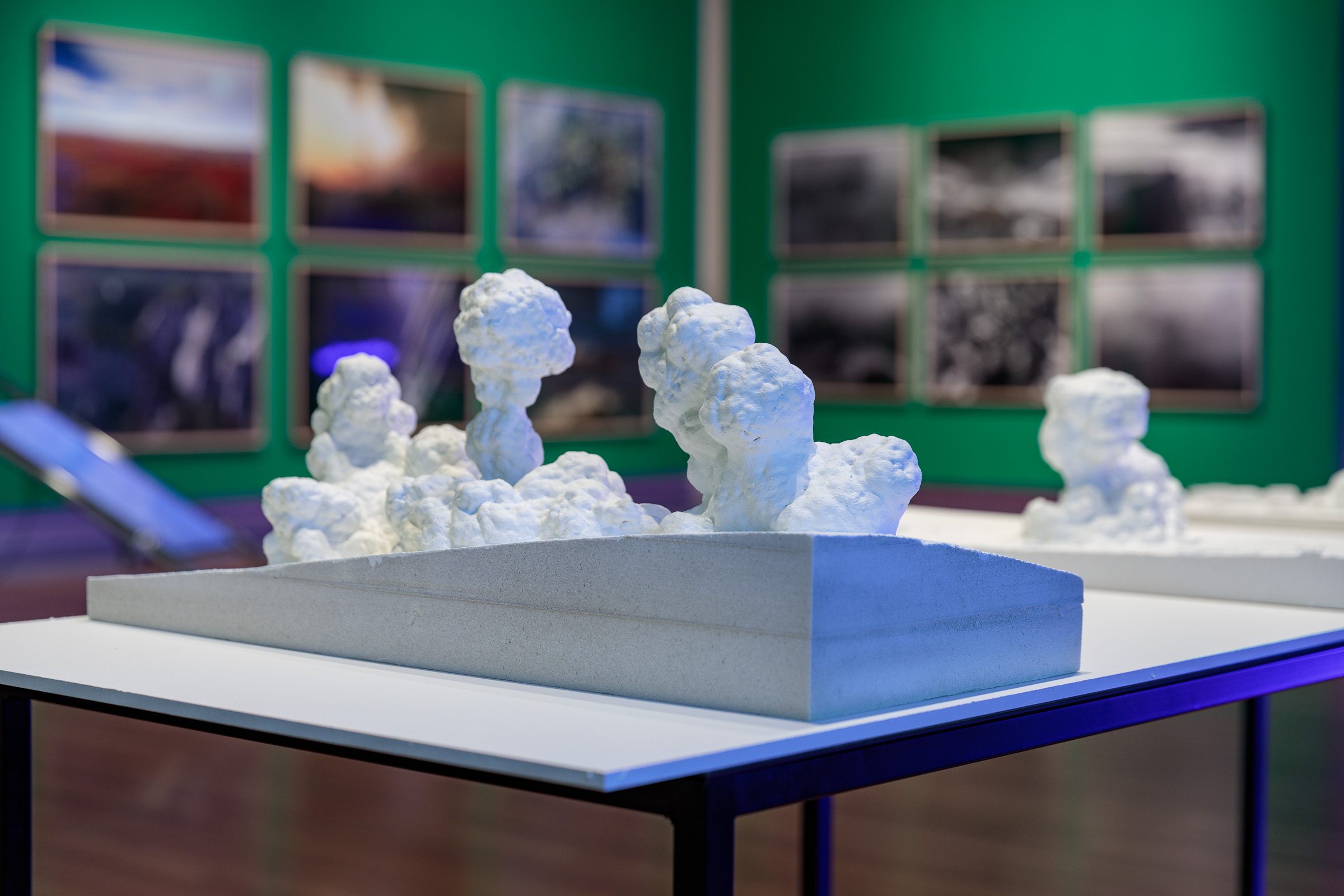

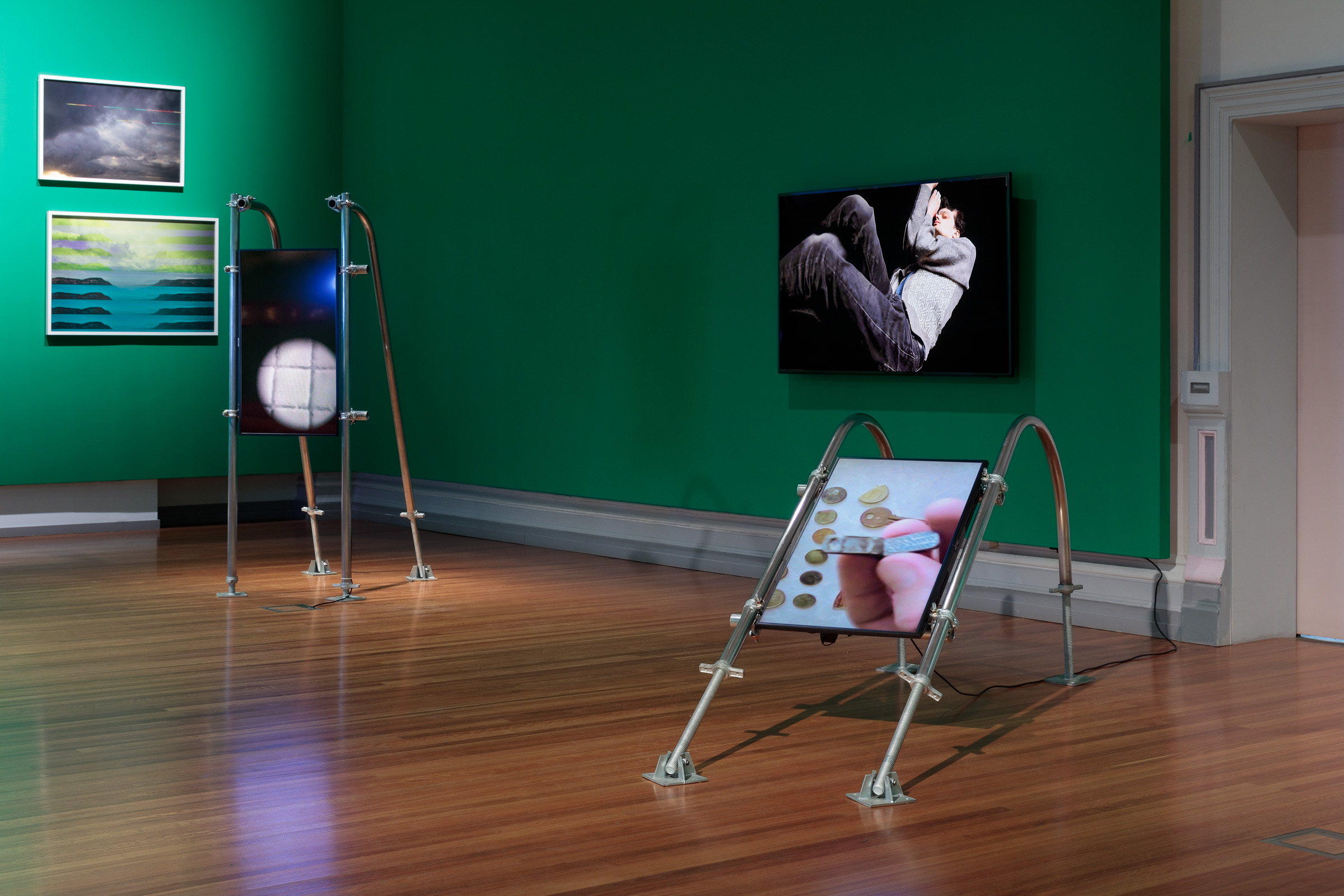
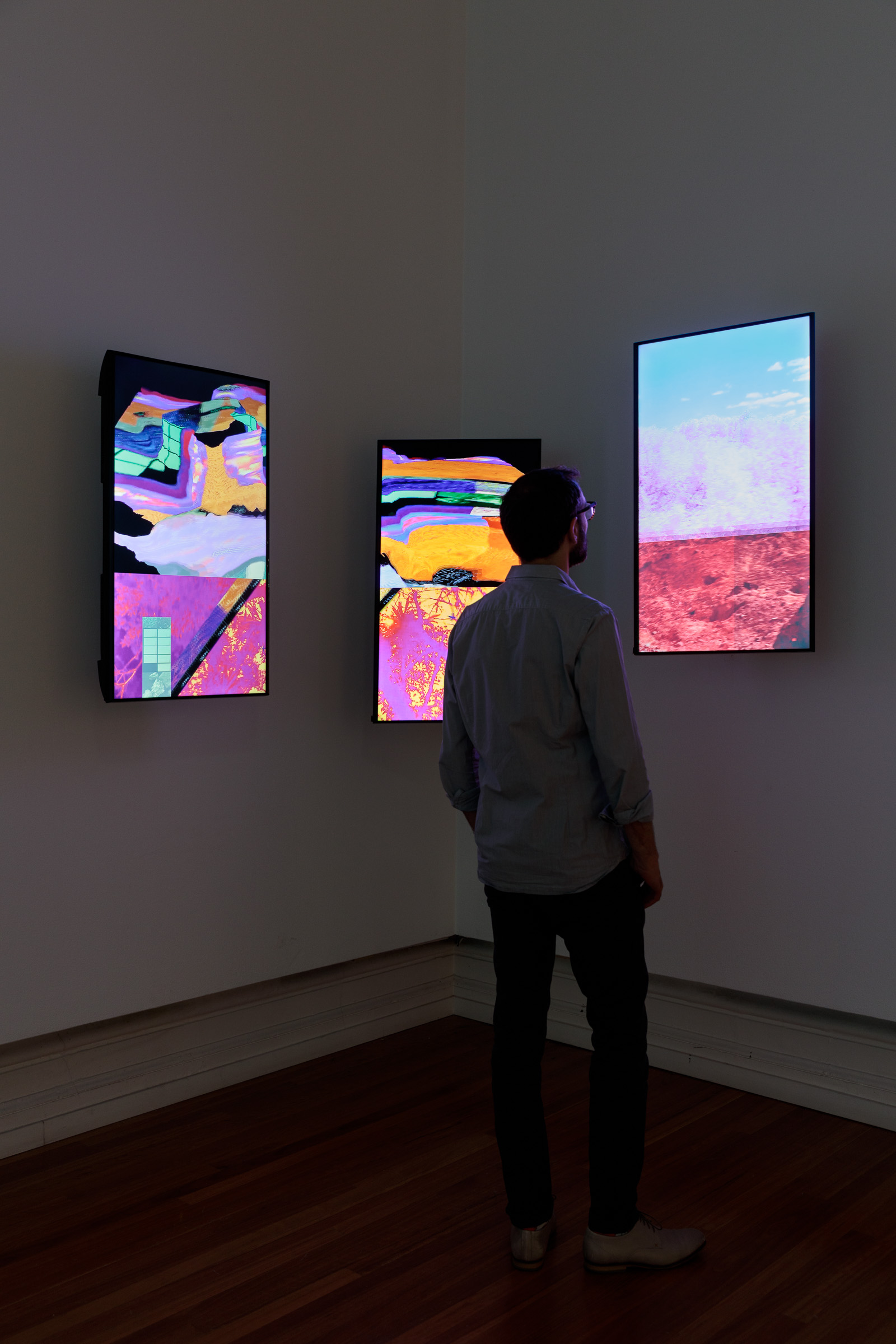
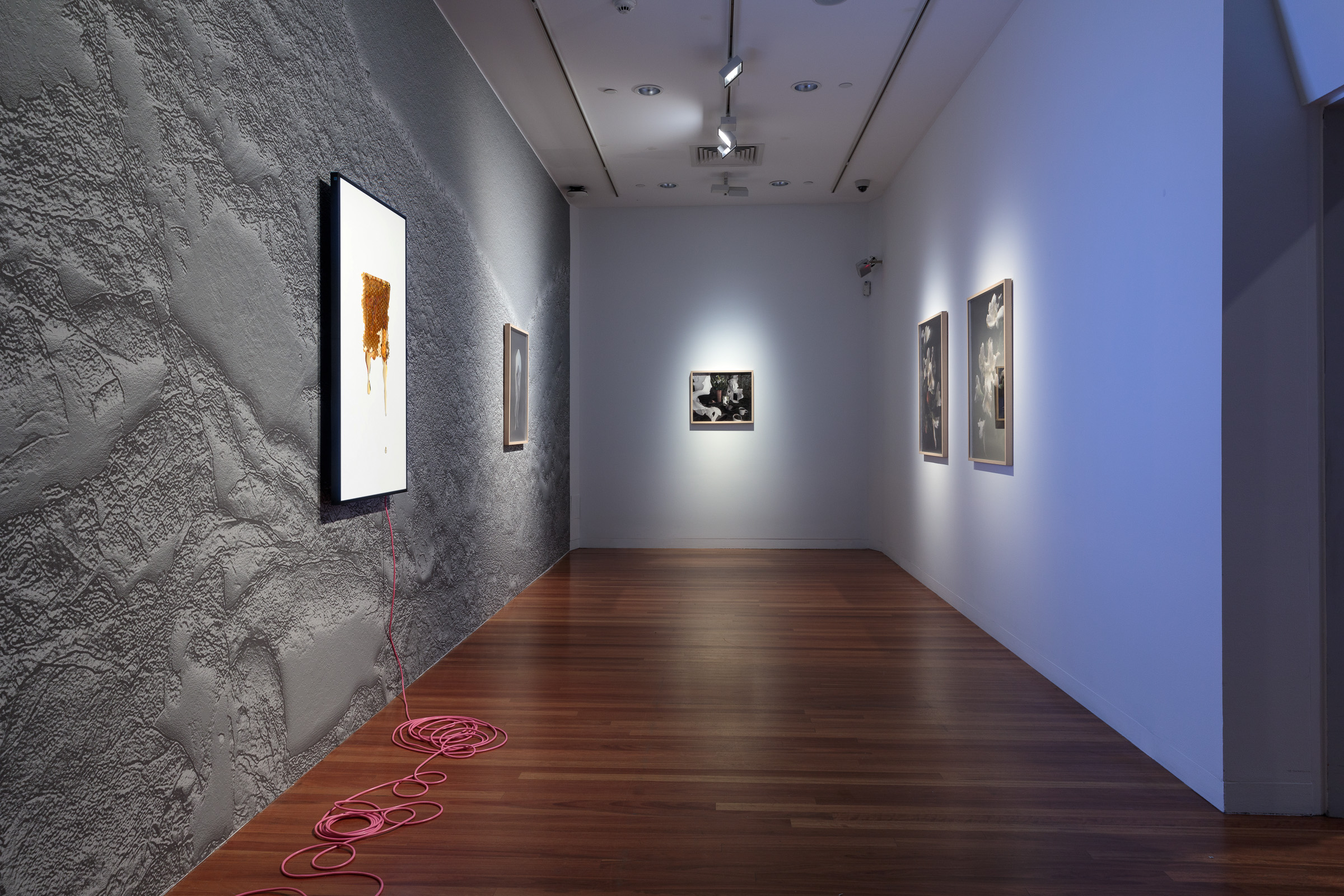
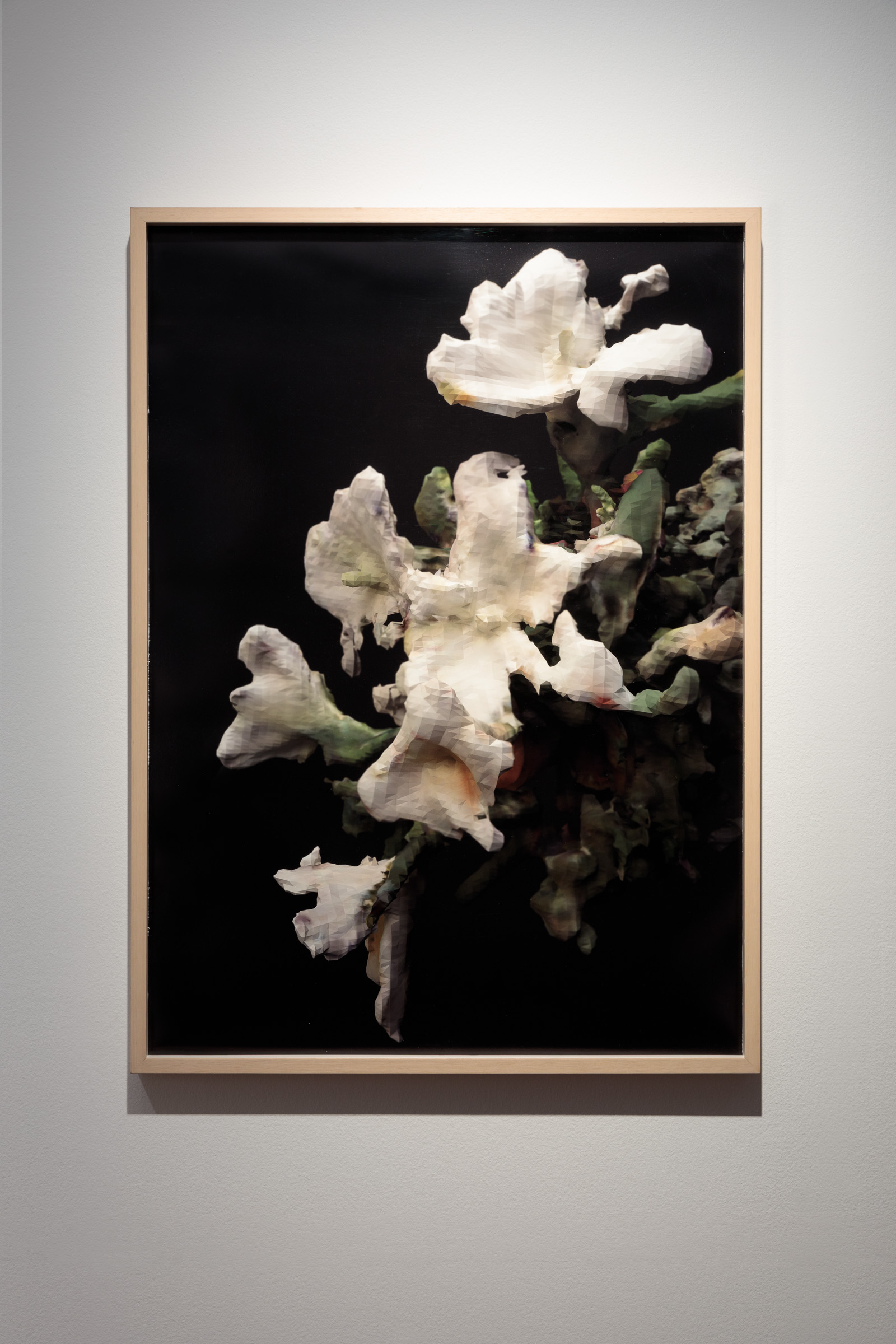
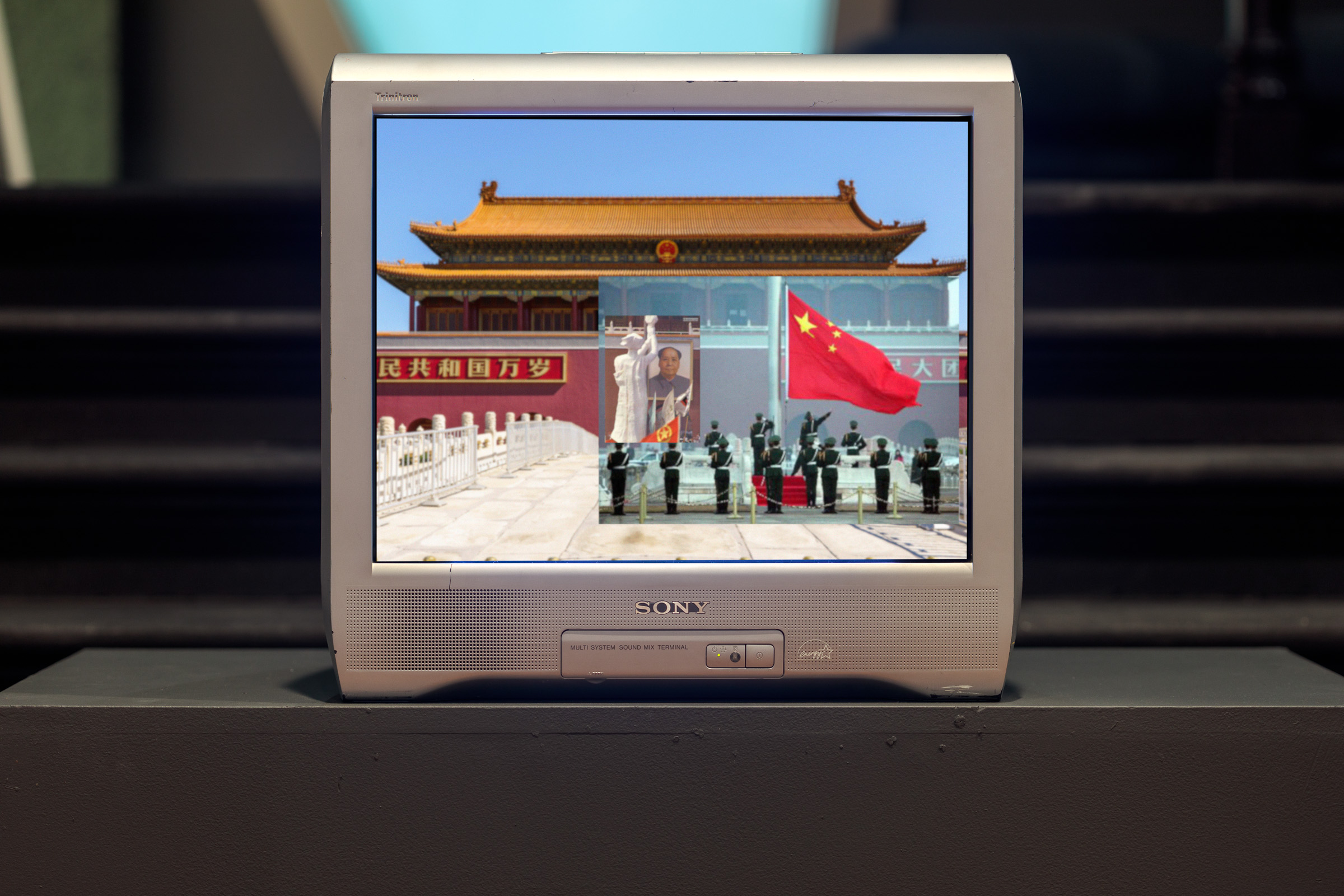
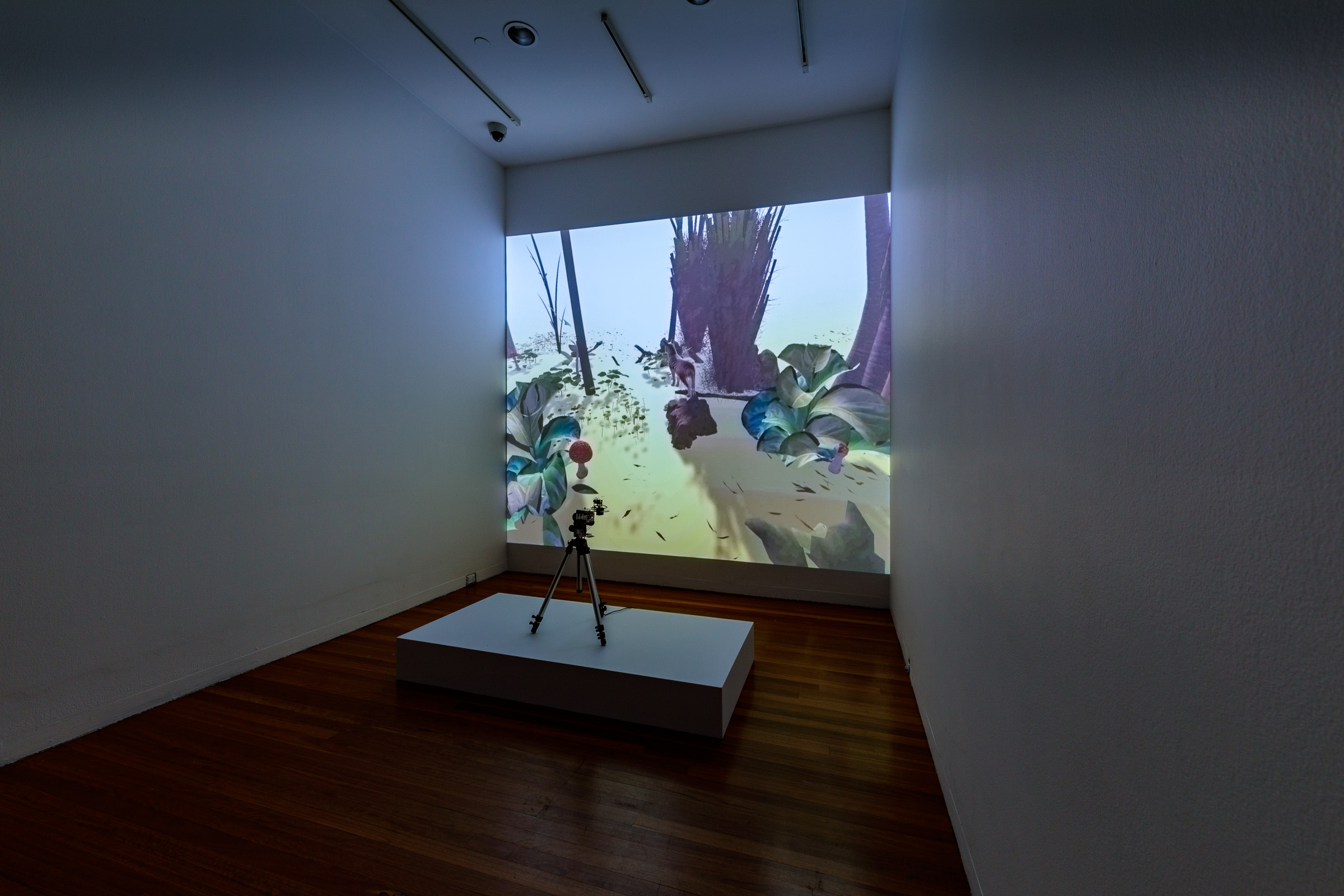
 Installation images: The Image Looks Back, RMIT Gallery. Photographs: Mark Ashkanasy ©RMIT Gallery
Installation images: The Image Looks Back, RMIT Gallery. Photographs: Mark Ashkanasy ©RMIT GalleryTo the Moon and Back
2019 | curated exhibition at the Ballarat astronomical observatory | part of the core program of the Ballarat International Foto Biennale, Australia | co-curated with Dr Colleen Boyle
To the Moon and Back examined the lasting impact of the 1969 lunar landing on contemporary culture through the lens of photographic media. Archival images were exhibited with artwork by contemporary international artists within the heritage-listed Ballarat Astronomical Observatory and Museum. The exhibition examined how different artistic approaches to processes and conceptions of photography might offer a more complex view of the Apollo 11 Moon landing beyond a celebration of national technological and ideological achievement. To reconfigure historical narratives, NASA’s own image archive was used to amplify under-represented narratives. From the collective documentation of the Moon, to the politics of colonisation and naming practices, to utopian visions of inhabiting the Moon — the exhibition examined multifaceted perspectives of our nearest celestial neighbour. These explorations incorporate various forms of image-making that include analogue processes, collage, digital 3D imaging, and screenshots of publicly available online material.
Participating artists:
Andrew Curtis
Vincent Fournier
Sharon Harper
Sasha Huber
Penelope Umbrico
Qicong Lin
Matt Lipps
Jorge Mañes Rubio
Andrew Curtis
Vincent Fournier
Sharon Harper
Sasha Huber
Penelope Umbrico
Qicong Lin
Matt Lipps
Jorge Mañes Rubio

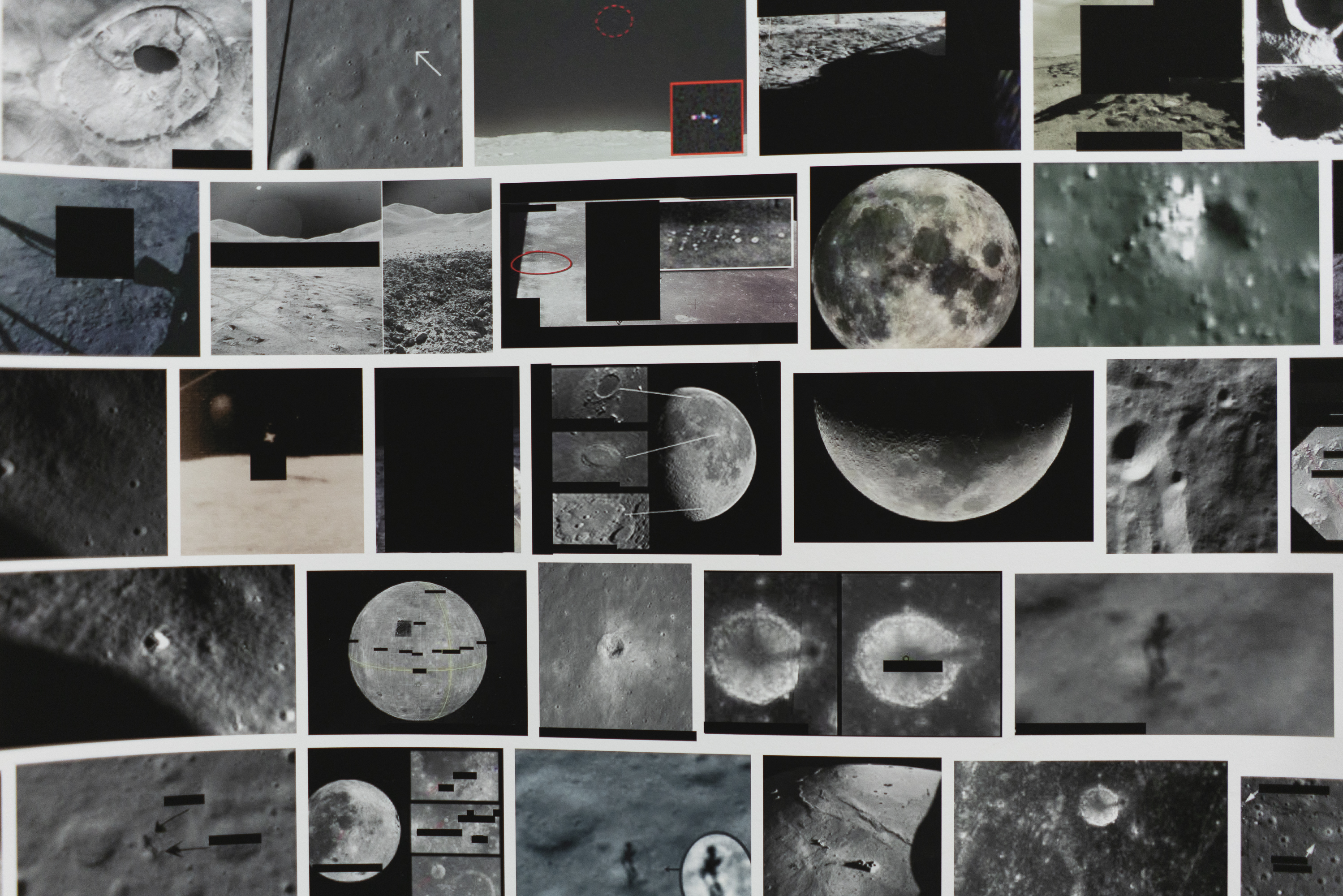
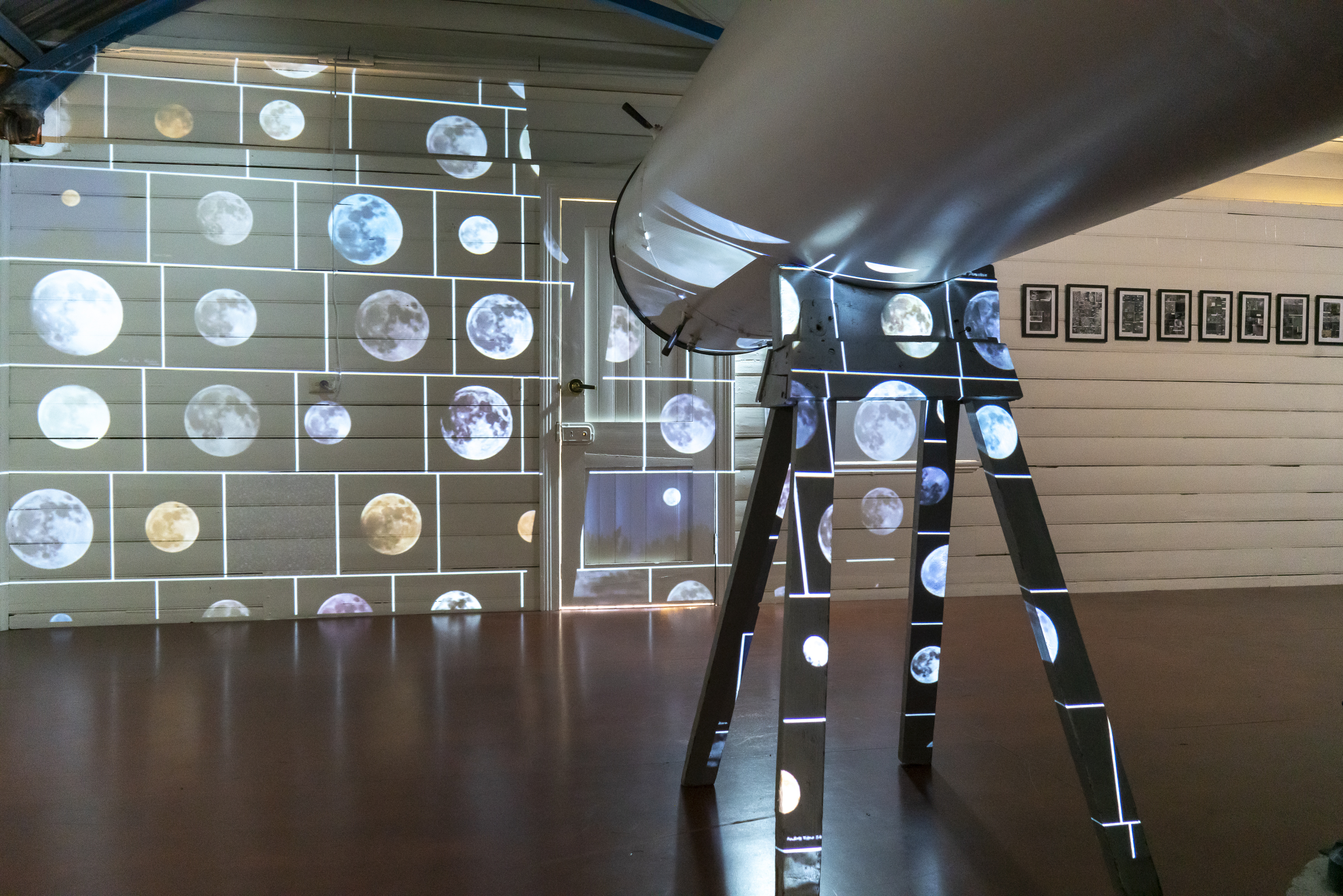
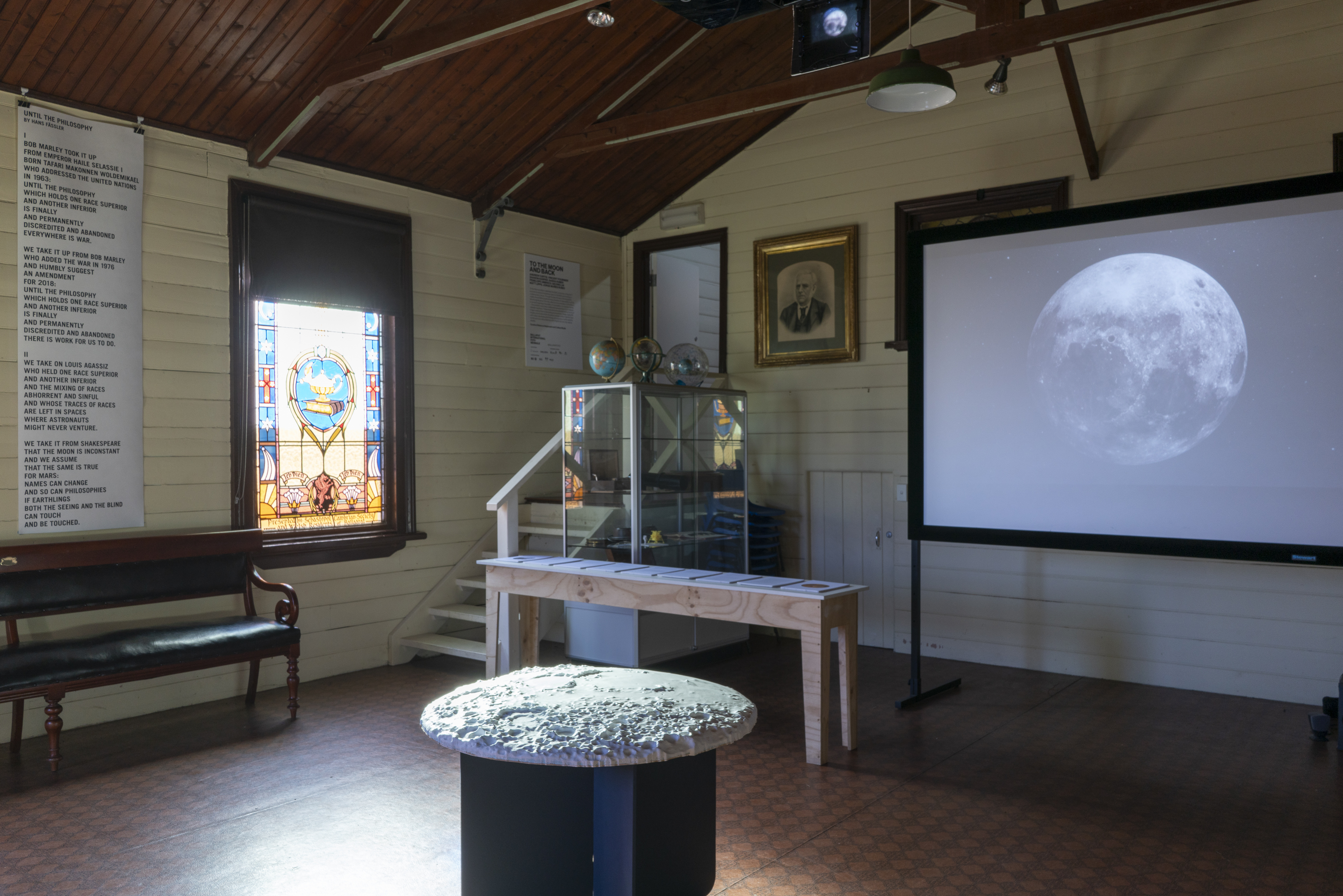
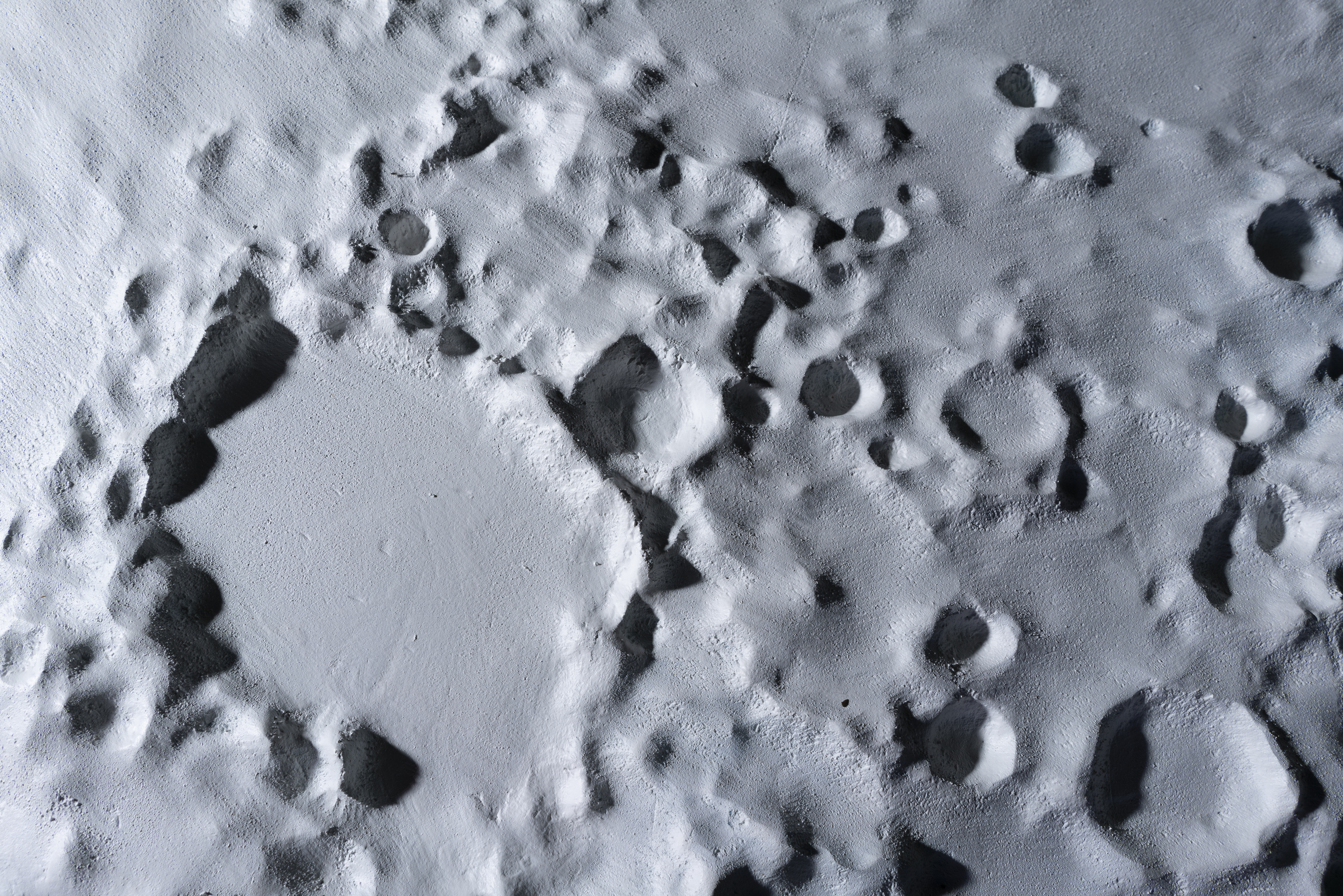
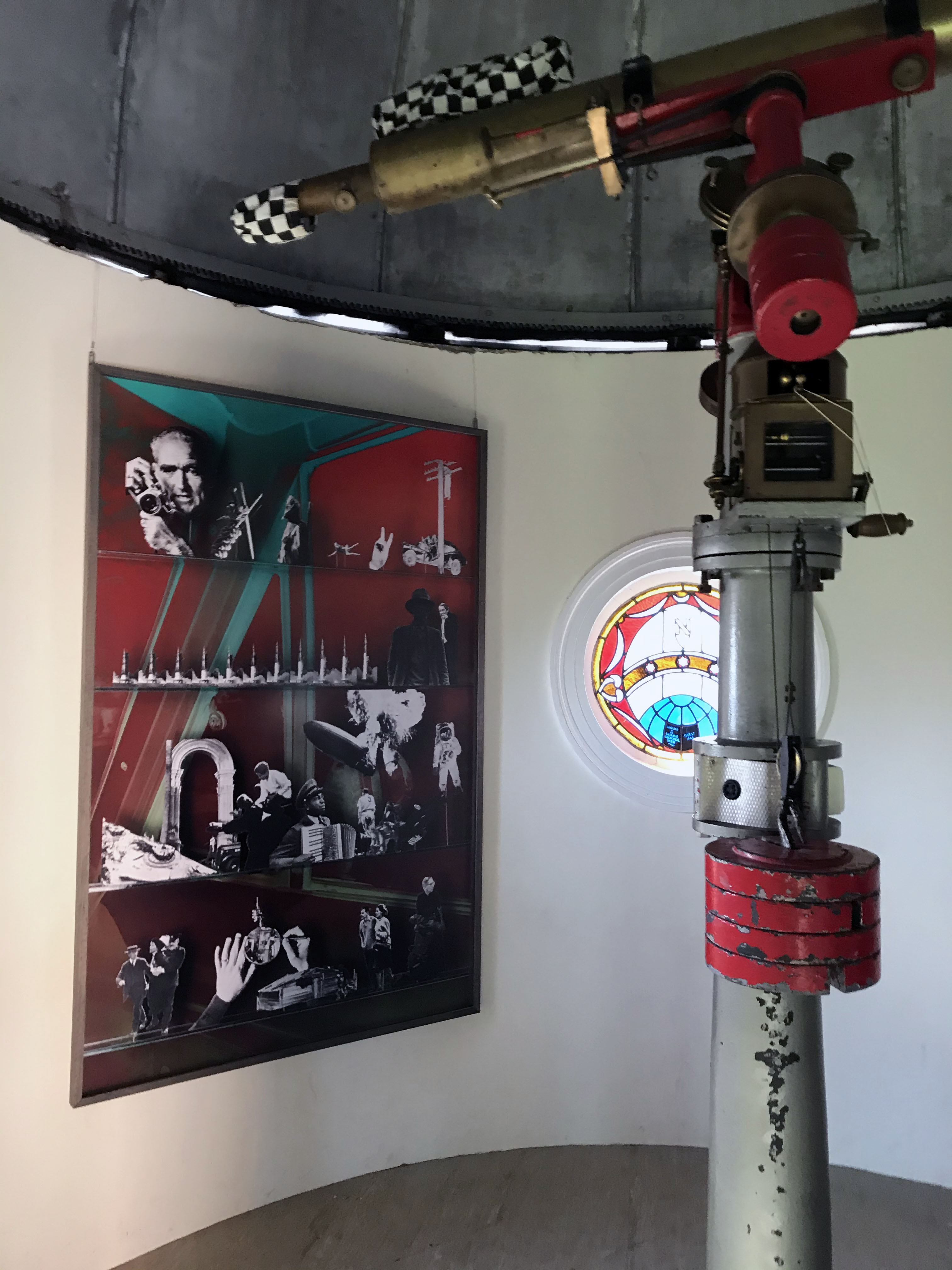




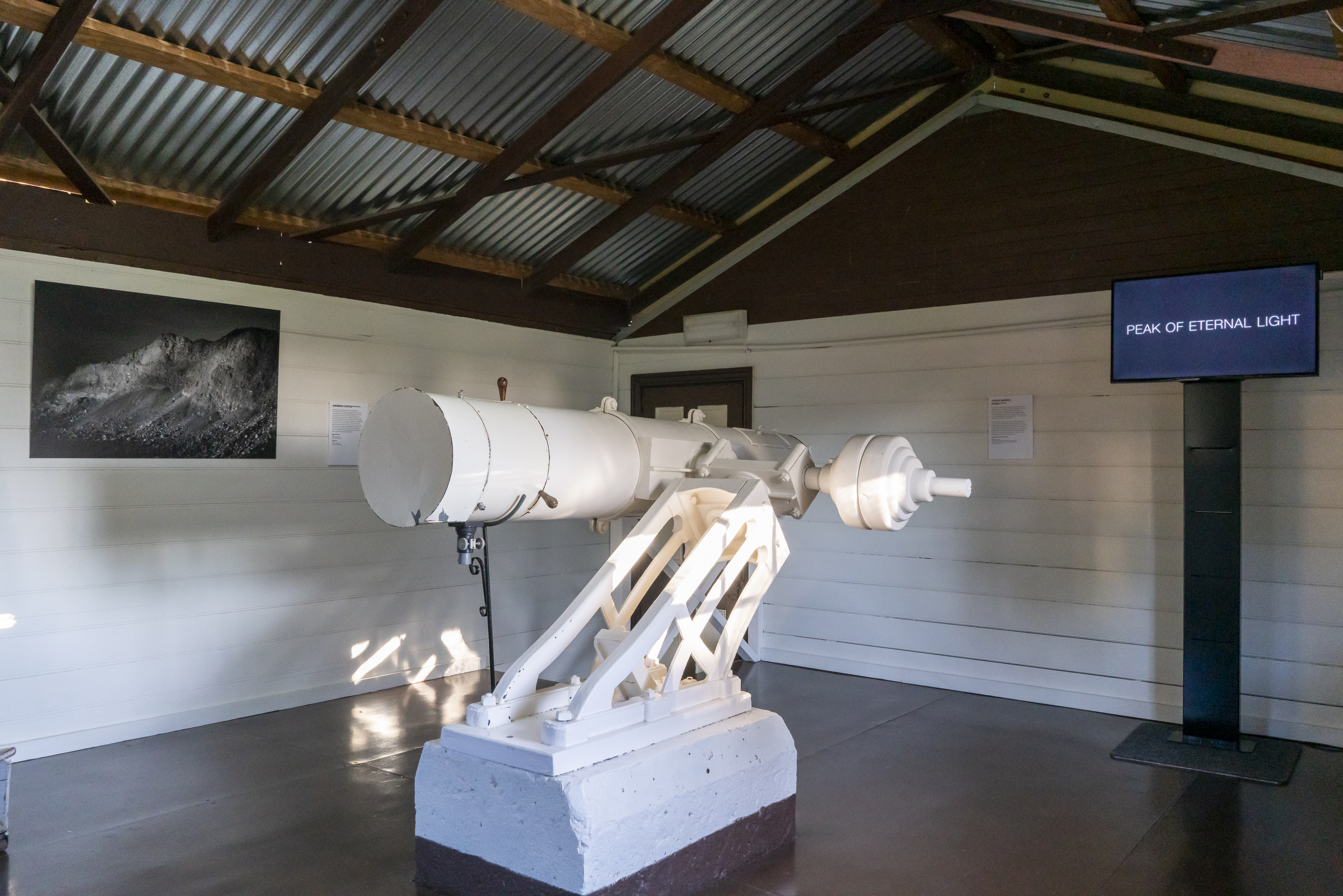
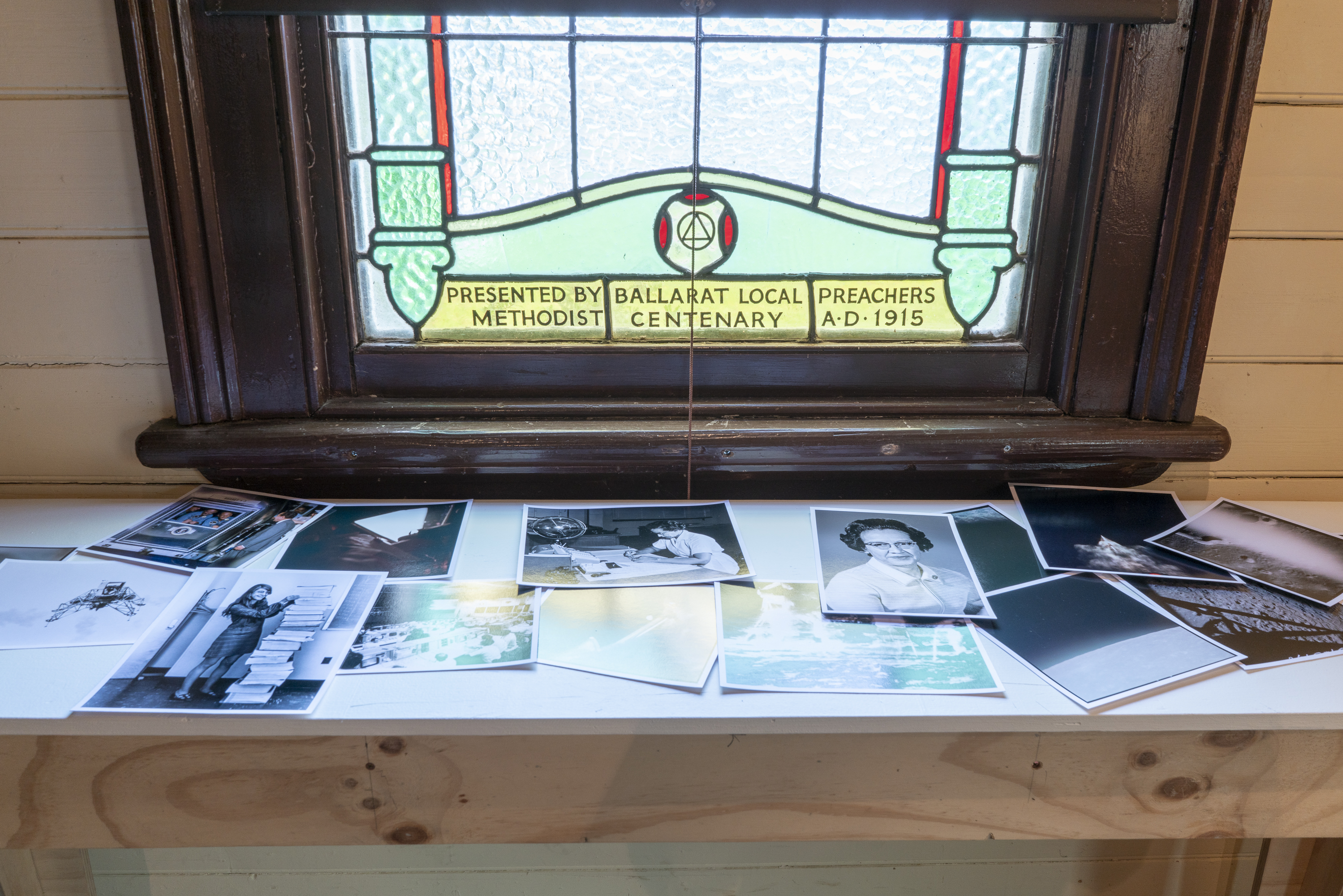
A Field Guide to the Stars
2017 | curated exhibition at the Ballarat astronomical observatory | part of the core program of the Ballarat International Foto Biennale, Australia
How do humans understand and imagine outer space? What technologies have shaped and expanded these perceptions of scale, distance and time? A Field Guide to the Stars pairs artworks and archival materials to explore how photography and related media operate within our shifting awareness of the cosmos.
Photography and astronomy have an intrinsic relationship, evidenced by technical advances and the collective imagination of space. For instance, photographs of the moon’s surface, including those in this exhibition from Lunar Orbiter V (1967), were crucial to making the 1969 moon landing possible. Whereas widely circulated and aesthetically compelling images of space, like nebulae captured from the Hubble Space Telescope, elicit curiosity and wonder in non-scientists. Astronomical observatories and archives bring together scientific evidence and the fanciful unknown, making them sites of discovery that hold cultural, historical, and symbolic weight. As a collection of astronomical photography and historical, scientific ephemera combined with contemporary photo-artistic practices, A Field Guide to the Stars explores the human impulse to orientate ourselves within the expanding universe.
participating artists:
Clare Benson
Alex Cherney
Kate Golding
Kate Robertson
Hillary Wiedmann
Eric William Carroll
Rebecca Najdowski
The catalog can be accessed here — includes an essay by Colin Edgington.
Clare Benson
Alex Cherney
Kate Golding
Kate Robertson
Hillary Wiedmann
Eric William Carroll
Rebecca Najdowski
The catalog can be accessed here — includes an essay by Colin Edgington.


